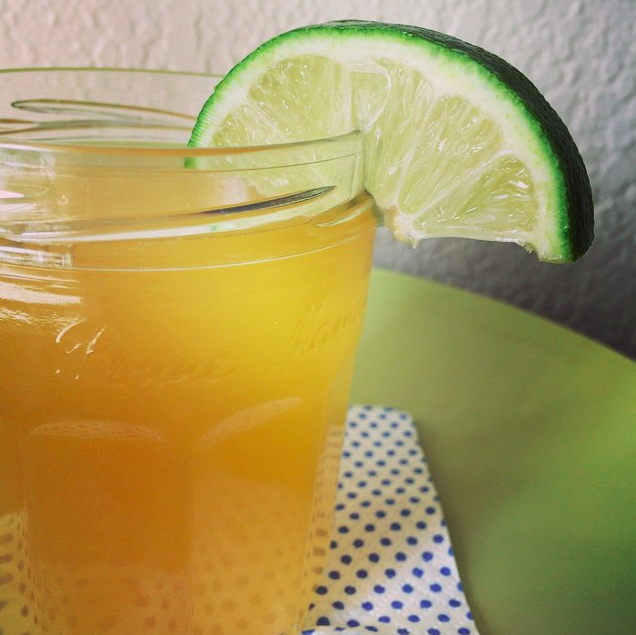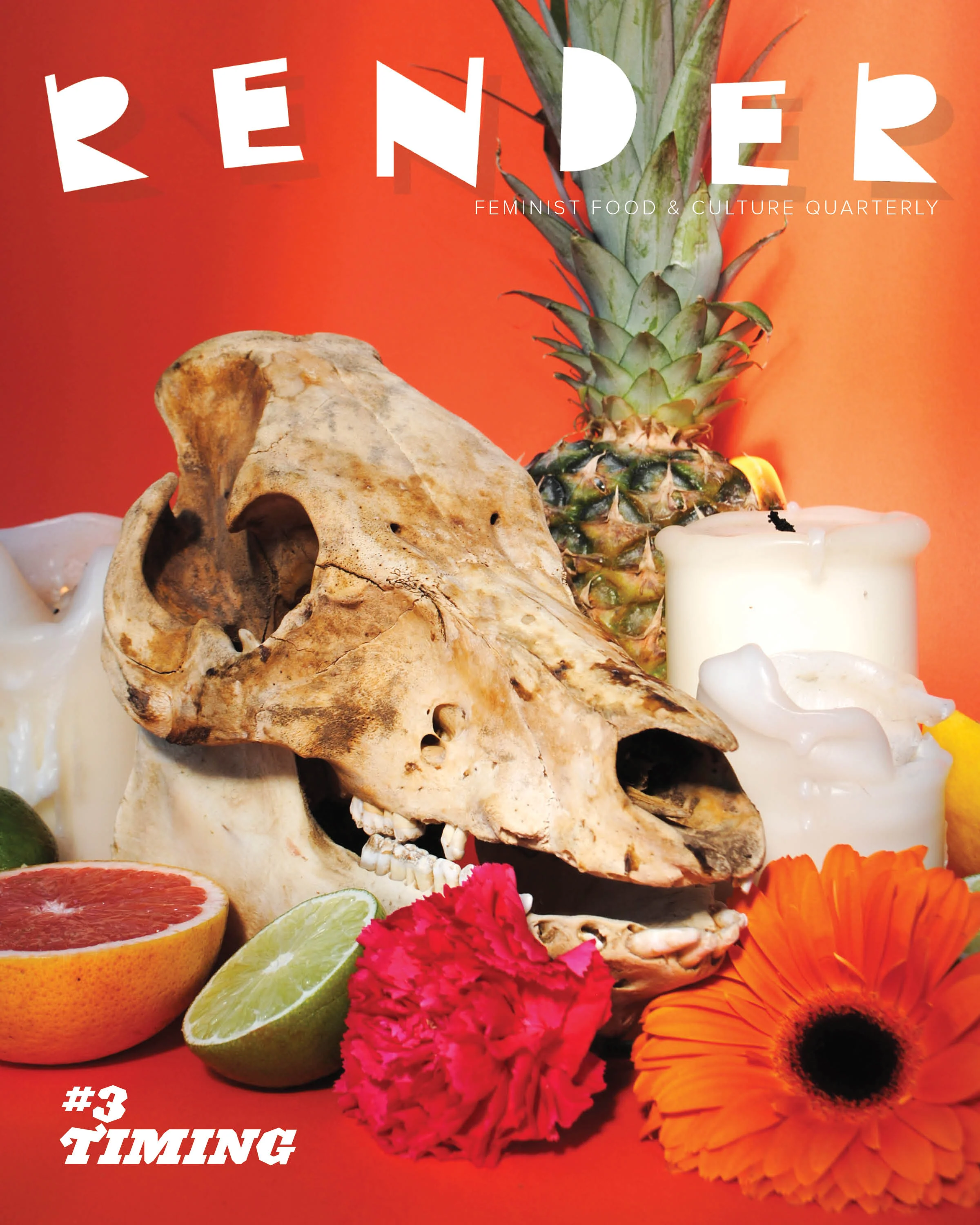
In each monthly installment of Bender, Caroline Ferguson will explore the social, cultural, and historical context of a single cocktail or boozy beverage. From settling which country lays claim to Pisco, to exploring the Carthusian Monks’ Chartreuse caves, Caroline will try to track down all the places your drink has been before it gets in your glass—always ending with a recipe of her own creation. Pull up a chair and a glass.
At the start of my drinking career, making cocktails meant pouring bottom-shelf vodka into a half-full bottle of Snapple. This practice carried me through freshman year, until I realized that it actually wasn’t normal to wince with displeasure every time you took a swig of your drink. Also, sugar hangovers are the worst.
Enter the Greyhound. Composed of the same two ingredients as my erstwhile part fuel: juice and booze (and a salted rim, if it’s a Salty Dog you’re after), this Prohibition-era cocktail is just as simple and cheap. But it’s infinitely more palatable. Fresh grapefruit juice brings more pleasant tartness to the party than my saccharine Snapple ever could, and, thanks to the drink’s simplicity, it pays to spring for higher quality vodka.
Only have gin? No problem. You’d actually end up with a more authentic drink. When the Greyhound was first canonized in the 1930s, it was meant to be made not with vodka, but with gin, which was far more popular at the time.
Like many early 20th century cocktails, the first printed evidence we have of the Greyhound comes from The Savoy Cocktail Book, which included a (frankly pretty unappealing) cocktail of lemon juice, grapefruit jelly, and a whopping eight ounces of gin. Interestingly, the origin of the greyhound likely lies not in this recipe, but in a footnote beneath it: author Harry Craddock mentions an “apparently harmless” but secretly “snappy” variation with gin, fresh grapefruit juice, sugar, and ice. The Salty Dog didn’t show up until about 20 years later, at which point most Greyhounds were still being made with gin.
So how did this gin cocktail become the vodka standard we know today? You can thank the good folks at Smirnoff for that. We already know about the post-WWII de-Russification of the Smirnoff brand, but it turns out that owner John Martin’s marketing savvy benefitted more than just the Moscow Mule.
Smirnoff’s ambitious advertising campaign, featuring celebrities from Groucho Marx to Zsa Zsa Gabor, saw the spirit becoming ever more popular, even as the Cold War wore on. Factor in some serious product placement in 1962’s Dr. No, and by the end of the ‘70s, vodka had become the most popular spirit in the United States. Accordingly, drinks that had once been firmly gin-based – Martinis, gimlets, and yes, Greyhounds – started switching over. Nowadays, while gin continues to be a popular choice for craft cocktails, vodka is king.
Basil Greyhound
This simple cocktail combines grassy herbs with tart citrus, resulting in the perfect springtime drink. Look for grapefruit juice in the refrigerated section, not in the juice aisle. Grapefruit should be the only ingredient. There are so few components to this cocktail that you should make sure what’s there is as high quality as possible.
Ingredients:
6 leaves fresh basil + extra for garnish
¼ teaspoon sugar
Ice
3 oz vodka (I recommend Peabody Jones Vodka from Woodinvile Whiskey Co.)
6 oz grapefruit juice
Place basil in a highball glass. Add sugar and gently muddle (if your grapefruit juice has sugar added, muddle with a splash of juice instead). Add ice, then top with vodka and grapefruit juice and stir. Garnish with fresh basil.





























